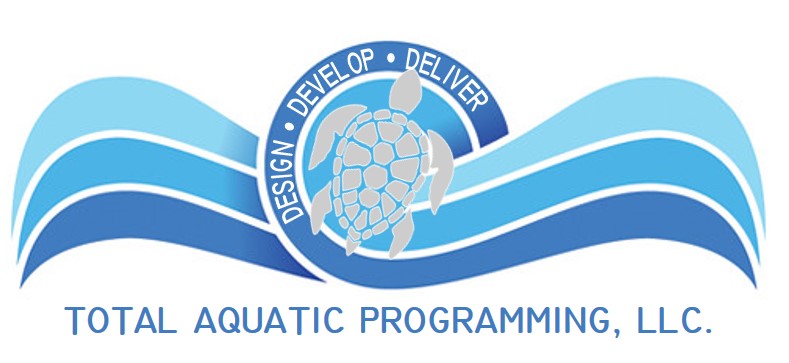Drowning accidents can happen to anyone, regardless of age or swimming ability. It’s a significant public health issue worldwide, especially in communities near water bodies. According to the World Health Organization (WHO), drowning is the third leading cause of unintentional injury death worldwide. It’s also the second leading cause of unintentional injury death after motor vehicle crashes for children five to fourteen.
Understanding these statistics highlights the importance of drowning prevention efforts in communities. Organizing a drowning prevention workshop can be vital in educating and equipping individuals with the necessary skills and knowledge to prevent drowning tragedies. Continue reading to learn more about the steps you can take to organize an effective community drowning prevention workshop.
Step 1: Identify Your Audience
Begin by identifying your target audience. Are you focusing on parents, children, swimmers, or the general public? Understanding your audience helps tailor the workshop’s content to their needs. Gather local demographic data to address your community’s specific risks and challenges related to drowning.
Step 2: Collaborate with Local Organizations
Partnerships with local organizations like Stop Drowning Now, schools, swimming clubs, and emergency services can be invaluable. These organizations can provide resources, expertise, and support. For instance, local lifeguards can offer practical demonstrations. Reach out to these organizations and propose collaborating for the workshop.
Step 3: Secure a Venue
The first step is to secure a venue for your drowning prevention workshop. Consider community centers, schools, libraries, or recreational facilities with pools. Make sure the location is ADA-compliant and accessible to all.
Step 4: Designing the Workshop Curriculum
The curriculum of the drowning prevention workshop should cover theoretical knowledge and practical skills. For example, topics might include water safety rules, recognizing drowning signs, and basic first aid or CPR training. Interactive elements like Q&A sessions, demonstrations, and hands-on practice are beneficial. Consider utilizing statistics and data in your workshop to emphasize the risks of drowning.
An effective community drowning prevention workshop should achieve the following goals:
● Educate on local drowning statistics and high-risk scenarios
● Demonstrate proper pool and water safety techniques
● Inform families on options for swim lessons and water survival skills
● Distribute educational materials and water safety kits to all attendees
Step 5: Identify Speakers
Line up qualified speakers on drowning prevention like:
● Lifeguards
● Swim instructors
● Health educators
● EMS personnel
● Parent advocates
Step 6: Marketing and Promotion
Effectively marketing your workshop ensures maximum attendance and impact. Utilize social media platforms, local newspapers, emails through listservs, and community bulletin boards. In addition, ask collaborating organizations to promote the event. Creating eye-catching flyers and leveraging local networks can also be effective strategies.
Hosting the Workshop
On the Day of the Workshop:
Preparation: Ensure that all the logistical aspects are in place before participants arrive. For example, check the venue to ensure all equipment is working and the materials are ready.
Welcome Participants: Greet attendees as they arrive to set a positive tone and help make participants feel comfortable.
Time Management: Keep track of time to ensure that the workshop stays on schedule. It’s important to start and end sessions on time.
Engaging with Participants During the Workshop:
● Facilitate Discussions: Actively lead discussions by asking open-ended questions, encouraging quieter participants to share their thoughts, and summarizing key points to keep the conversation on track.
● Encourage Participation in Practical Sessions: For hands-on activities, walk around the room, offer help, and engage with participants as they work. Show enthusiasm and interest in their work.
● Manage Group Dynamics: Be attentive to group dynamics. Ensure that all voices are heard and manage any conflicts or disruptions that may arise.
After the Workshop:
● Collect Feedback: Use surveys, questionnaires, or informal discussions to gather participants’ thoughts about the workshop. Ask specific questions about what they found helpful and enjoyable, and ask participants to identify areas that need improvement.
● Assess Effectiveness: Review the feedback to assess the workshop’s effectiveness. Consider both the positive responses and constructive criticisms.
● Identify Areas for Improvement: Look for patterns or common themes in the feedback. These insights will be valuable for planning and improving future workshops.
Everyone Can Help Prevent Drowning
Organizing a community drowning prevention workshop is a proactive step toward enhancing water safety and potentially saving lives. By following these steps and collaborating with local resources, you can create an informative and impactful event that resonates with your community.
Together, we can end the heartache of losing a loved one due to drowning. Take our Water Safety Challenge to measure your family or community’s water safety competence, and help us provide water safety outreach to schools and community groups to keep everyone safe.



